Fixafilm post in Warsaw has re-constructed and digitally restored Andrzej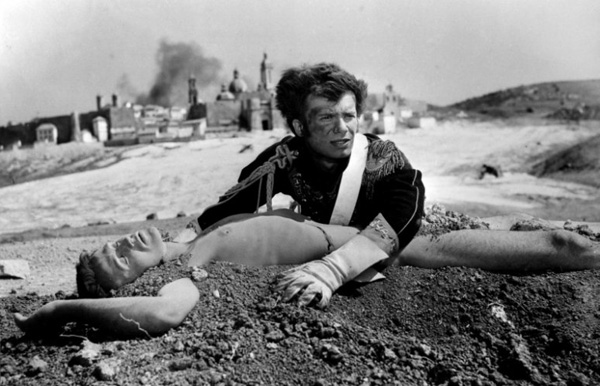
Wajda’s classic film ‘The Ashes’ with Digital Vision’s Nucoda Film Master
grading system and DVO restoration tools.
Fixafilm and Digital Vision’s Nucoda Rescue Phoenix from the Ashes |
|
Fixafilmpost-production company in Warsaw has re-constructed and digitally restored a classic film directed by Andrzej Wajda in 1965, titled ‘Popioly’, or ‘The Ashes’. The project required not only patient, precise cleaning and colouring, but also editorial reconstruction to reveal once again its intended social and political message. It was shot in black-and-whiteCinemaScopeby cinematographerJerzy Lipmanand, appropriately, the story could be compared to the epic Western movies made in the US at that time. |
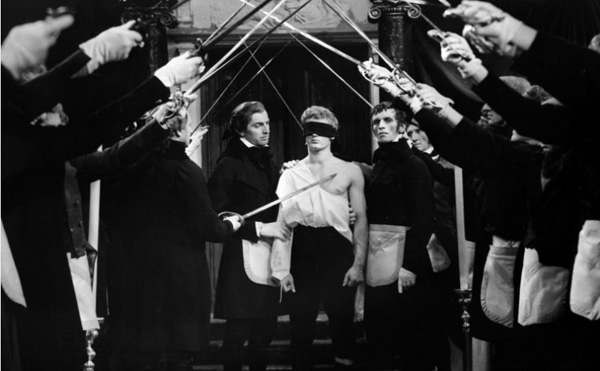 |
Form of Protest‘Popioly’ is based on the novel of the same name, written by Stefan Zeromski, about a young nobleman who grows up amid slavery, poverty and class warfare in 19th century Poland. After witnessing the death by duel of his brother, he joins the army and fights under the leadership of Napoleon. The story then follows his rise through the ranks and the Polish army’s violent and brutal efforts to regain freedom for their oppressed homeland. Originally 234 minutes long, the film was cut back to 160 minutes for international release, and entered into theCannes Film Festivalin 1966. The film had been stored in less than ideal conditions in the Polish National Film Archive. It included a lot of flicker, damaged inter-positives and many scenes had been printed on bad stock. To restore and preserve the image quality,FixafilmusedDigital Vision’sNucoda Film Masterfor the grade and restoration work, including theDVO restoration tools, as Fixafilm's presidentWojtek Janioexplains in this article. |
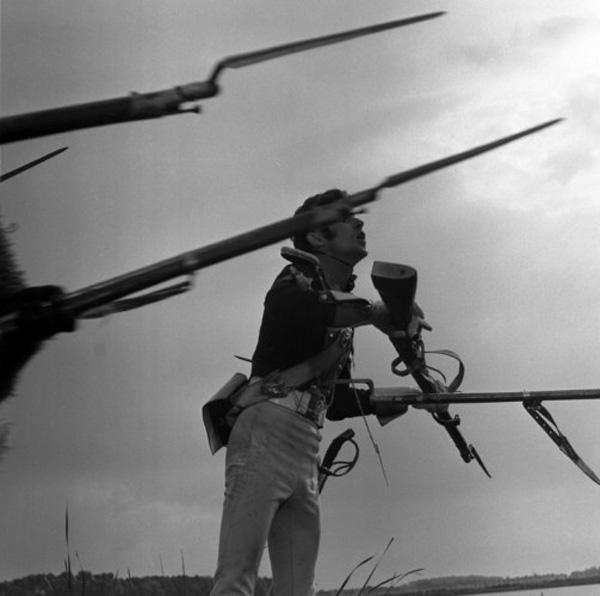 |
|
ReconstructionWojtek Janio said, “When we found it in the archives, we discovered that the film had been heavily censored, which had changed the meaning of the film completely. So, part of our restoration job was reconstruction. Unexpectedly, the original, edited version was only found when we looked in the archive, and the censored version was unknown in Poland. In fact, the only people that actually saw the censored film were the Cannes Film Festival committee and attendants of the festival. We do not know who made these cuts - even the director himself was surprised.” |
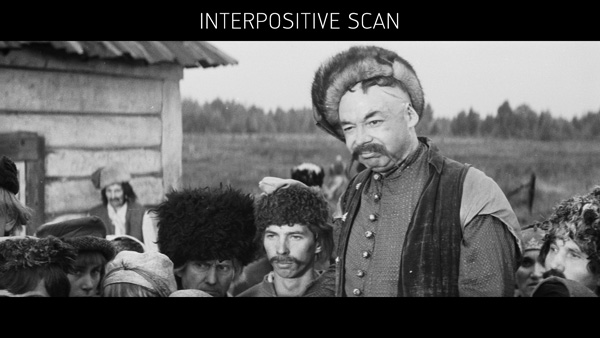 |
|
Fixafilm worked with a restoration supervising and research company, theDigital Film Repositoryin Poland, to find all the materials and help put the story accurately back together. The re-assembly edit itself was done in-house working alongside director Andrzej Wajda. Preserving Image QualityRestoration work began after the edit was locked and both sources digitised. To retain as much image quality as possible, Fixafilm mixed and matched their sources, saving 150 minutes of the original camera negative footage, and using only 85 minutes from the inter-positive print. “The director was involved from the very beginning,” said Wojtek. “Sadly, the DP Jerzy Lipman is no longer alive, but thePolish Society of Cinematographersfound one of the original cameramen,Andrzej Kostenko, who was Jerzy Lipman’s apprentice and could oversee the grading.” |
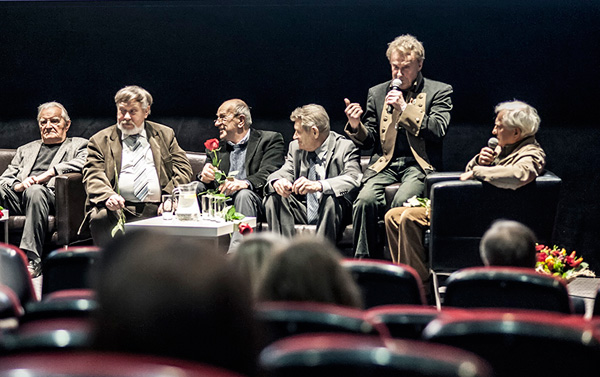 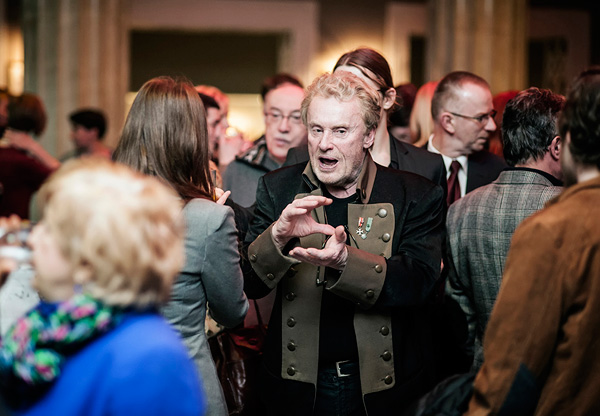 |
| The lead actor of 'Popioly', Daniel Olbrychski, speaks at the restoration's Premiere event. |
|
“The grading was very important,” Wojtek said. “We needed to match negative and, and manage and match the grain. We spent many days matching grain and grading during parts of the film. We chose the Film Master due to its flexibility and ability to do basic compositing. Our colourist,Gosia Grzyb, likes using the colour tools and finds it easy and quick to get good results. She has a design background and uses Nucoda to grade her stills as well. Scanning to Digital“To be able to work on the project in the Nucoda both the incomplete negative and the complete inter-positive were fully scanned. Then we generated proxy files for the editing software and compared the inter-positive to the available copies of the film. Fortunately the inter-positive was full and uncut with no missing frames. Then we conformed all the shots from the neg to the inter-positive. At this point we had already decided that we would rather use full shots from the inter-positive. Then the resulting EDL was fed into Nucoda. Then we exported the whole movie and those were the final files that the restoration team received to work on.” |
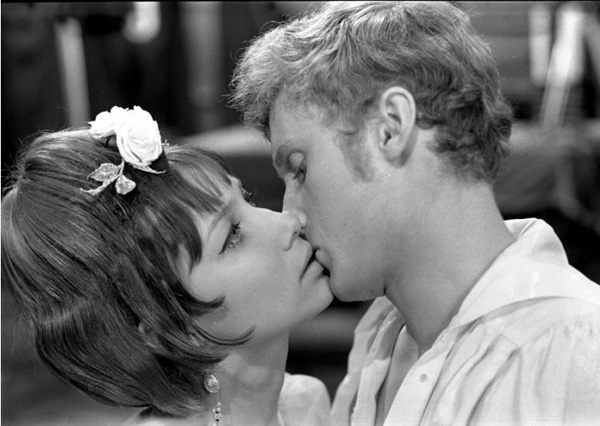 |
|
The grain was first defined by watching scans of the negative, inter-positive and a positive distribution print. Andrzej Kostenko, the cameraman, decided that the negative grain looked the best, and from there the rest of the film could be matched to this. “There are basically two methods of re-graining - either by digitally generating an artificial grain structure or using a scanned grain,” Wojtek explained. Re-graining Tools“Scanned grain is achieved by shooting a gray plate with a regular 35mm camera with ideal lighting and exposure settings, and then scanning the film. Then a compositing software like NUKE is used to impose that grain on the footage. However, that doesn't always look right, as the grain will be distributed evenly over the whole picture, which is not how real grain behaves. Real grain is distributed differently between highlights and shadows. So we've developed a much more sophisticated method that uses Nucoda's compositing functions but allows us to have total control of the grain distribution. |
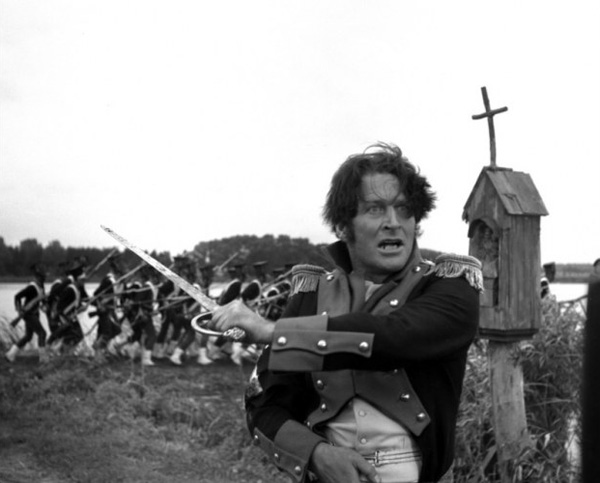 |
|
“It also simplifies the workflow, allowing us to use Nucoda for the whole beauty pass and finishing stage. We also use Nucoda'sDVO SharpenandDVO Aperturefilter tools in the finishing stage but before the re-graining process. Those filters, if set properly, can greatly boost the clarity and sharpness of the image without introducing any digital artifacts like ringing. The result is an easier workflow, handled in one grading package.” Grain and GradeFortunately, the grain did not affect the grade significantly, due to three factors. First, the final grade is always done after the movie is restored and grain-managed, but before it is regrained. Consequently, the colours no longer flickered and the colour keys hold throughout whole shots. Also, because the movie had already been stabilized and cleaned before grading, the colourist can safely use all tracking tools. |
 |
The second factor is that fortunately in this case the negative grain was very fine and not very aggressive. The grain structure of the whole movie was matched to the negative grain, so the colourist didn't have to struggle with coarse grain in the inter-postive. “The third and most important factor is Nucoda'scolour keying module, which is as good for grading old, grainy movies as it is for the new noisy, digital movies. The idea is simple, but very efficient and elegant - the keying module has built-in median and blur filters that allow for much more precise colour keying,” Wojtek said. While a grading system is very important, when it comes to grading restored movies, he said that the colourist's skills and his or her experience are what create the grade in the end. Nevertheless, he noted several other functions in the Nucoda that make it a good match for grading classic movies. “The keying module withpre-blur optionsmake it easy to grade even a very grainy movie. Also, flexibleLUT managingmeans that the LUT can be changed any time, switched on or off, and you can apply the LUT to the whole project or just to one clip,” Wojtek said. |
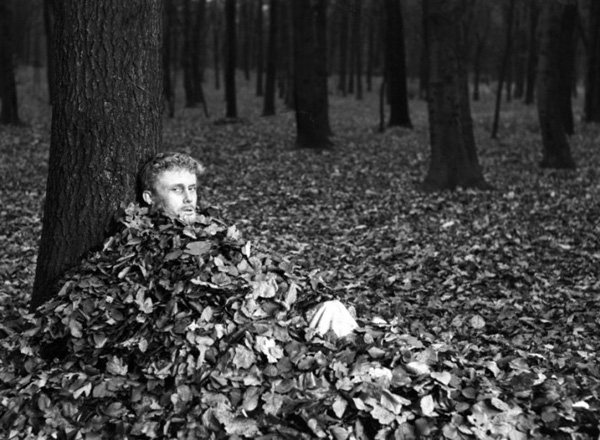 |
Delivery“The system has very flexible conforming and data and file managing tools. You canre-conformany footage and keep the grades, or even change the path to files and never leave the project. This allows the colourist to start the grade right after stabilization and deflickering are done, as mentioned. The colourist can also easily replace the old clips with the newest ones delivered by the restoration department. The ability to renderDNxHDandProRes filesdirectly from Nucoda is really useful, too, and the composting tools are simple and effective enough to allow you to easily manage the grain.” In late 2014 Fixafilm’s work on ‘Popioly’ won a Polish Film Institute Awardfor ‘Digital restoration of works of Polish cinema’. It has now been delivered in several different formats to distribute for cinema and home video release, including 2K DCP, 2K DCDM as 16bit linear TIFF files in the P3 colour space, and HD 16bit linear TIFF files for TV and VOD in the REC709 colour space. Two DPX 10-bit log deliverables were also prepared, either uncropped full-frame with the borders and perforation holes, or panned, scanned and cropped in 2Kx4K to match the original aspect ratio of 2.35:1.www.digitalvision.tv |
| Images: copyrightZebra Film Studio |


















